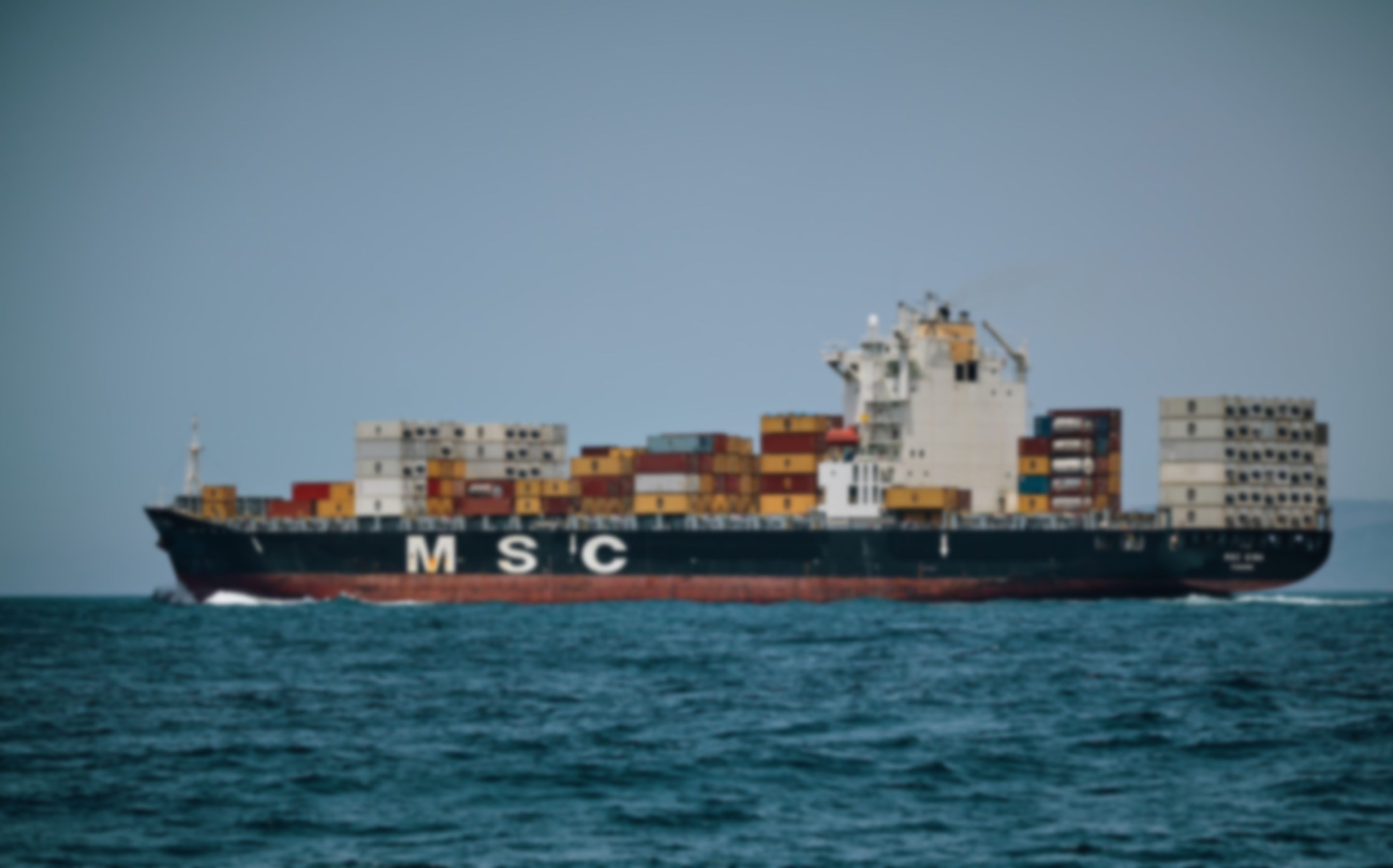
Everyone can do logistics…
We’re all doing e-commerce. So let’s get your products to your customers on time, every time.
These days, with globally-integrated supply chains, logistics is a complex business. The market for these services has ballooned in the past 20 years thanks to globalisation and e-commerce. With the right shipping partner, you can run a global empire from a garage in Rotherham – and plenty of people do.
Shipping has had to evolve to take care of these needs, too: after all, the original local
‘man with a van’ is unlikely to be able to handle overnight deliveries from China. Instead, the market has consolidated and stratified, so that customers get excellent service, but small businesses have a bewildering range of choices.

Shippers are not all the same
These aggregators (called 3PL, 4PL and 5PL supply chain specialists) have visibility of the entire logistics “chain”. They are more likely to be able to see and eliminate bottlenecks, and offer tailored services, for example handling returns or damaged goods. Some will specialise in specific routes. The point is: shipping comes at different price-points for dramatically different products.
You may also consider joining a logistics marketplace. These sites operate as reverse auctions, where you can publish your shipping requirements and wait for suppliers to come back to you with a quote. This allows providers to aggregate loads, so you can benefit from economies of scale. The quoted rates are likely to be all-inclusive of taxes and customs charges, making it easier to both plan your costs and compare providers.

Charges
Even with the transparency and ease offered by marketplaces, professional shippers and real-time dashboards, there’s the headache of charges to consider. In the UK, duty charges depend on what you’re importing and its value. HMRC has a typically complex searchable guide. Also, bear in mind that shipping quotes which include UK duty and VAT add the VAT to the cost of the taxable import. This means the combined value of your goods, shipping costs, and any additional UK duty fees. Don’t think that you’ll be paying VAT just on shipping; you’re paying VAT on every cost to bring your products into the UK.
To get to the taxable import figure, HMRC use a concept called VAT Value Adjust. Here’s a very basic example (the real calculation is slightly more complex).
- UK duty is a stepped rate according to the value of goods. At £2000, the rate is 2.5%, a UK duty fee of £50.
- Let’s assume that the shipping cost is £300.
- VAT is then charged on all of this. With total costs of £2350, the chargeable VAT at 20% is £470.
- So the total tax and duty payable on £2000 worth of goods is £530.
There are some schemes in place which can help with these costs. A programme run by the EU reduces and sometimes eliminates the duty fees for certain countries. The programme has two schemes: the Generalised Scheme of Preference for developing countries (reduced duty fees) and Everything But Arms for the world’s least developed (no duty fees). Full information is on the EU’s website. There is currently no guarantee that this will be the case after the UK leaves the European Union. Countries in the programme are mainly developing countries, but many have advanced manufacturing facilities - including India, Indonesia, Bangladesh, and Pakistan. By buying from these countries, you may be helping to eradicate poverty as well as reducing your costs.

Get tech to help
Whatever you sell, it’s probably supported by an e-commerce system to track orders and inventory. CRM systems – the tools which traditionally managed customers – are now rapidly expanding into back office and fulfilment services.
There’s a good reason for this: when front and back office are integrated, you can quote shipping costs in real-time to your customer; you can make returns and cancellations easy; and you can send product customisations direct to manufacturers.
Order processing systems should also be able to handle tax: individual consignments imported to the EU incur no VAT or import duties up to €22, whereas with those from €23-150, VAT does apply. Import duties only kick in after €150.

Liability
Finally, check out the group of shipping contract terms called Incoterms. There are 11 different contract types, giving logistics businesses, shippers and receivers different types of risk. The most relevant for SMEs are:
- FCA (Free Carrier) – the supplier delivers to an agreed place, ready for export. This is a model useful to SMEs that have logistics or distribution already in place in the supplier’s country.
- DAT (Delivered At Terminal) – the supplier covers all costs including unloading, to an initial port. From there, the goods become your responsibility to move.
- DAP (Delivered At Place) – the supplier covers all costs up to reaching the country of destination, at which point the buyer takes on customs clearance and all costs from that point.
The good thing about Incoterms is their universal recognition within the logistics and shipping industries. Bear in mind that you’ll need to work at a good relationship between your logistics provider and your supplier – often remotely, and sometimes in different languages. Because the Incoterms define when and how the supplier moves your goods and hands them off to your logistics provider, you’ll need to keep an eye out for issues such as missed fees, goods damaged in transit, and timings. Not keeping a watchful eye on these matters will result in paying more than you expected (e.g. in lorry waiting fees for goods produced late) or not having enough stock to meet your orders. And be under no illusions: this sort of thing happens all the time. Get it right, however, and logistics can be as optimized a process as every other part of your business.
Are you a business or private individual exchanging currency on a regular basis?
Join our free ’Member Exchange’ platform in minutes to save an average of 95% on your currency exchange costs.
Continue reading
Businesses devour novelty and creativity for breakfast! They survive on innovation. So what are the hot trends in 2018? Here are a few to keep your eye on…

Freemarket is a unique ’Member Exchange’ currency platform that’s turning conventional currency exchange on its head. If you’re a business or private individual, exchange currency by exchanging your funds with other members, for a fixed fee of 0.2%.
FreemarketFX Limited is authorised by the Financial Conduct Authority (FCA) – Firm No.585093
30 Great Guildford Street
London, SE1 0HS



